
An aerial view of the container dock of the Qinzhou Port section of China (Guangxi) Pilot Free Trade Zone in Qinzhou, South China's Guangxi Zhuang autonomous region. (Photo/Xinhua)
Chinese exporters in the Guangxi Zhuang autonomous region said they look forward to business opportunities emerging from the Regional Comprehensive Economic Partnership pact, an agreement expected to help companies lower tariffs and raise their competitiveness.
The agreement is expected to provide a strong boost to international trade and investment and contribute to the global economic recovery from the COVID-19 pandemic. It is also expected to bring growth to existing trade arrangements.
The RCEP agreement, which took effect on Jan 1, is considered the world's largest free trade agreement in terms of economic power. The total population of its 15 member countries-the 10 member states of the Association of Southeast Asian Nations and China, Japan, South Korea, Australia and New Zealand-also covers roughly 30 percent of the world's population.
Guangxi Liugong Machinery Co Ltd, a machinery manufacturer based in Liuzhou, Guangxi, said the RCEP agreement will bring significant business opportunities to the company, given that the member countries have a high potential for economic growth.
"We will further increase efforts to improve our sales, and boost our ability to raise funds and perform after-sales services overseas," said Li Dongchun, general manager of the international business department of the company.
Guangxi TWT Supply Chain Management Co Ltd, a Nanning-based trading company, said it imports fruit from ASEAN markets, such as shipping fresh mangoes from Cambodia to Qinzhou Port in Guangxi.
"With the RCEP agreement taking effect, Japan, South Korea, Australia and New Zealand will also enact zero tariffs for imported fruit. Thus, we can export more fruit to countries like Japan and South Korea," said Wang Zhengbo, president of the company.
"Vietnam used to levy a 15 percent tariff on goods exported to the country by heavy trucks. Now, the tariff has dropped to zero, thus it has significantly raised the competitiveness of products that are exported from China to Vietnam," he said.
Qinzhou officials said they would continue to expand trade with other RCEP nations and improve the city's position in industrial chains. CNGR Advanced Material Co Ltd, a company in the city that provides new energy materials for lithium batteries, is talking with Indonesia about importing nickel ore.
Qinzhou Port is the domestic port with the greatest number of container ships bound for ASEAN markets. In 2021, annual cargo throughput at the port reached 160 million metric tons, local government officials said.
Last year, the port was listed for the first time as one of the top 100 ports globally in terms of its ability to handle container ships, indicating that it is developing into an international hub port.
The China-Malaysia Qinzhou Industrial Park, celebrating its 10th anniversary, expects to accelerate independent innovation and expand its ties with the Guangdong-Hong Kong-Macao Greater Bay Area and the Yangtze River Economic Belt. Together, they plan to expand collaboration with other RCEP members.
Over the past three decades, China-ASEAN economic ties have grown at a rapid pace, and 2021 marked the 30th anniversary of the establishment of the China-ASEAN dialogue partnership.
Despite the negative impact of the COVID-19 pandemic, trade between China and ASEAN nations still shows strong growth momentum. Over 30 years, bilateral trade value between China and ASEAN nations skyrocketed to $684.6 billion in 2020 from less than $8 billion in 1991, making them each other's largest trading partner.
In 2021, cross-border trains connecting Nanning and Hanoi, Vietnam, operated 346 freight round trips, with the number having surged 108.4 percent year-on-year. The number is higher than the total trips operated in the previous four years since its launch in 2017, according to China Railway Nanning Group Co Ltd.
The China-Vietnam freight train service transports several types of goods, and volumes have been growing continuously. Through the freight service, some high-quality fruits, electronics and daily necessities from ASEAN nations have been transported to different regions of China after arriving in Nanning.
Last year, 19,400 tons of imported fruit, including durians, mangosteens and longans were transported to China via the freight train service, and their volume was up 14.7 percent year-on-year. China has exported products such as glassware, cotton, electronic components and diesel engines to ASEAN nations through the train service.
On Jan 6, a freight train moving fruit from ASEAN markets arrived in Pingxiang, Guangxi. It was the first freight train to transport fruit since the RCEP agreement took effect this year. The train carried 17 large containers of Thai durians, valued at about 11 million yuan ($1.74 million), according to China Railway Nanning Group.
This year, 400 China-Vietnam freight train trips are expected. Guangxi's local government said it would enthusiastically promote new business opportunities emerging from the RCEP agreement and further push forward the economic and trade cooperation between China and ASEAN nations.











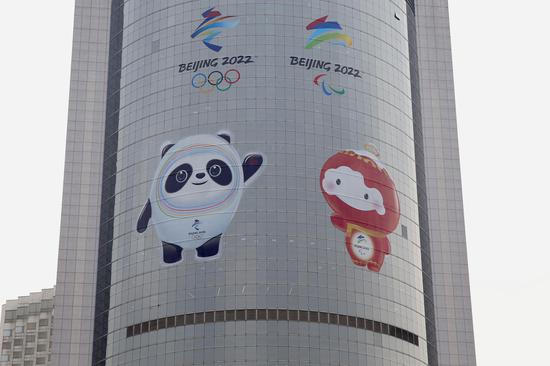









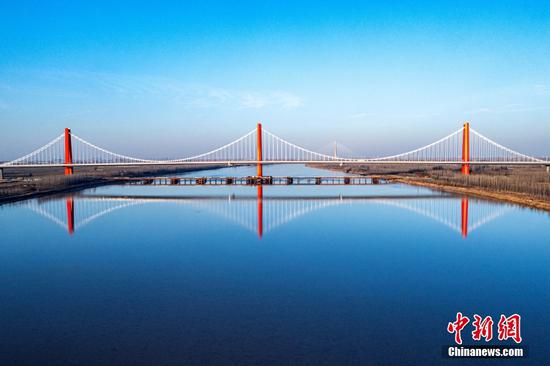


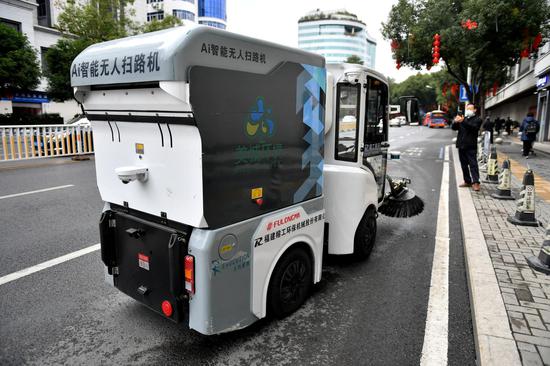










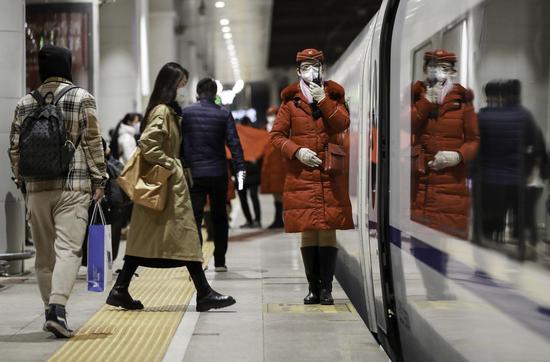







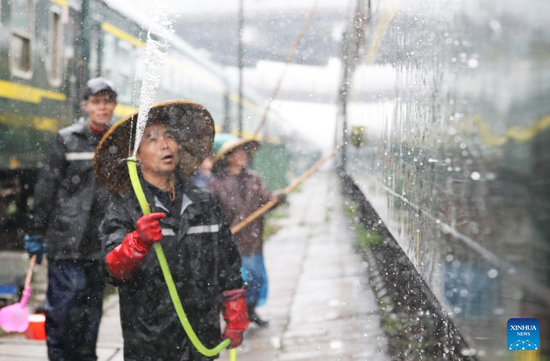
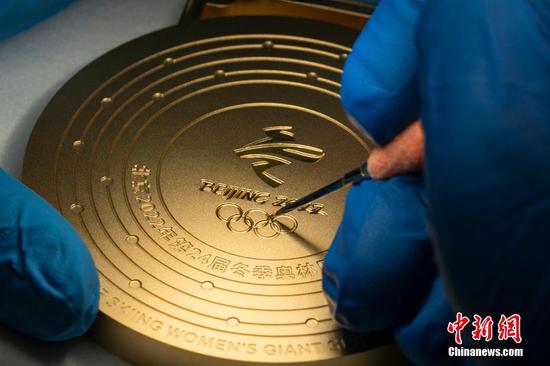

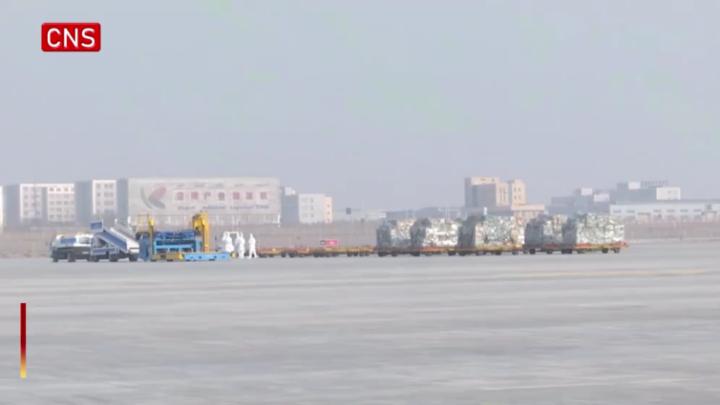



 京公网安备 11010202009201号
京公网安备 11010202009201号